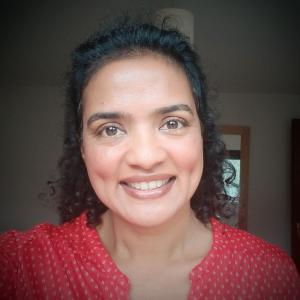Poorna Mysoor's eary career fellowship funded by the Leverhulme Trust, from October 2018 to September 2022
Under current copyright law, a user may lawfully use a copyright work if she has a licence or if the user’s actions are covered by statutory limitations and exceptions to copyright (SLEs). Much reliance is placed on the SLEs as the primary means of protecting user rights. The SLEs address specific instances of permitted uses of copyright works and are harmonised within the EU. The expansion of the SLEs is politically acrimonious, not only at the EU level, but also at the international level. This leaves the ownership rights broad and difficult to balance with user rights. The technological challenges posed by today’s networked and digital environment make it urgent that we secure a balanced approach to ownership and user rights.
One of the ways in which one may approach this balance is by looking at how the other forms of property, especially tangible property, address this problem. Although tangible property law protects ownership interests, a substantial part of that body of law is devoted to protecting the rights of the users of property. One way in which property law achieves this is by recognising a user’s interest itself as proprietary. For example, a land owner may grant a person a right of way in the form of an easement, whereby the right of way itself is a property interest which can be protected against not only the land owner but also third parties. The effect of recognising a property interest in an easement is that even if the land is transferred, the purchaser (or the successor in title) is still bound by the user rights embodied in the easement. This stricture of tangible property law in recognising a property interest has largely been driven by the need to share in the benefits of property.
This project explores how the structure and resulting principles of tangible property, such as land, can be applied to copyright by making the copyright licence a property interest, like an easement over land, with the aim to balance ownership and user rights in copyright. In achieving this transposition, the project recognises that the intangibility of copyright could pose a hurdle in defining the ‘property’ in copyright, before a more definitive property interest in copyright licences can be recognised. This project looks at how this hurdle may be overcome. At a deeper philosophical level, does this research demonstrate the influence and importance of private law (such as property law) over intellectual property law (such as copyright)?
For centuries tangible property law and copyright law have developed independent of each other, with very few rules crossing over from one area to another. The project breaks these barriers in making the two areas of law communicate with each other. Examining the interface between intellectual property law (including copyright law), and private law (including tangible property law) is an emerging area, to which this project will contribute. Its contribution lies in paving the way for further exploration of this interface, emphasising the significance of private law and intellectual property law beyond their own disciplines.
This project will recalibrate copyright structure by transposing the structure of tangible property at a conceptual and doctrinal level, exploring the benefits that could be secured from such transposition. This can provide an alternative by which to deal with the challenge of ensuring copyright balance. It removes the debate from SLEs, internalising the focus on copyright as a form of personal property. Thus, this transposition helps copyright law hew more closely to core principles of property law as it becomes a more significant part of contemporary property. Since the impact of Brexit on copyright law is uncertain, my project looks to common law to address copyright challenges, rather than EU law.

